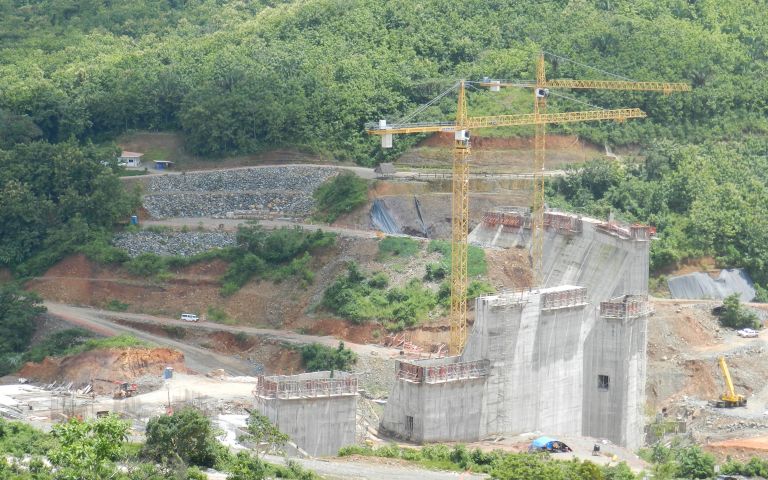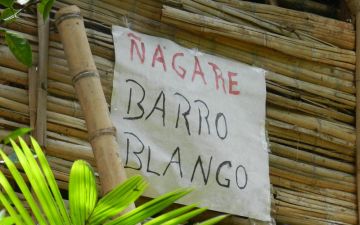Panama is embracing its role as one of Latin America’s fastest growing economy by undertaking massive infrastructure projects, such as the expansion of the Panama Canal and a metro in Panama City. However, as these projects develop Panama is on the brink of exceeding their electricity capacity.
To address the national crisis the country is investing in the Barro Blanco hydroelectric dam in Western Panama. The completion of the dam is expected to result in cheaper and more sustainable energy by reducing dependence on fossil fuels.
However, not everybody is optimistic about the prospects of the dam. Standing in the way of the project is Panama’s largest indigenous group, the Ngäbe-Buglé. Even though the dam is not being built outside their semi-autonomous region, they say its reservoir threatens their way of life.
Last year the Ngäbe Buglé blocked the country’s main roadway in protest of mining and hydroelectric projects in their territory. The protests halted traffic between western and central Panama for a week. Government authorities retaliated violently, resulting the in the deaths of two protesters. The government’s response to the protests led to public accusations of Panamanian President Ricardo Martinelli being an autocrat.
Nick Swyter travels to Panama to investigate how the construction of the dam will threaten the Ngäbe Buglé way of life and what lengths they will take to halt its construction. Nick is a Pulitzer Center Student Fellow at the University of Miami.




